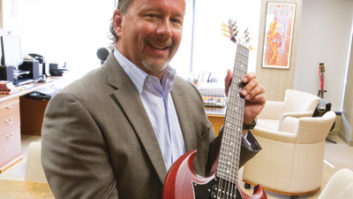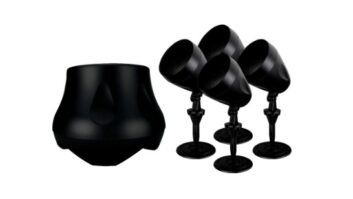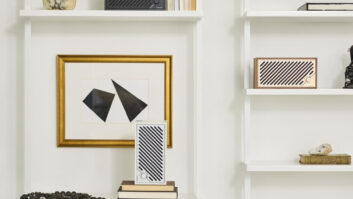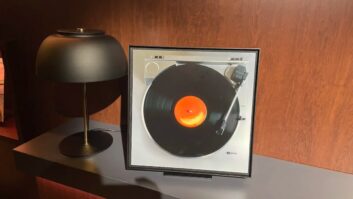TWICE: How will component speakers (non-custom) stay relevant? Through plasma-friendly designs? Flat-panel technologies?
Wellikoff: Not everyone wants, or is in a position to have, speakers built into their walls or ceilings (urban residents in particular). Those premium-branded companies prepared to invest in leading-edge industrial designs and materials for component speakers will be successful in attracting design-conscious consumers.
Gross: Component speakers will stay relevant by combining style-conscious, home-décor-conscious designs with easy-to-appreciate, and easy-to-demonstrate, superior sound and value.
Bales: Again, there will be huge opportunity for these types of designs, but there has always been and I believe always will be a segment of the population who are “enthusiasts.” Bigger boxes, bigger drivers, bigger power are very mechanical and require less focus on cosmetics and more on electronics, physics, mechanics and acoustic considerations. This market will, as always, be very competitive and the driving force behind future technologies coming to market.
Kroll: Increasingly, consumers select speakers for how well they blend into a room and home. Component speakers will remain relevant by allowing consumers to choose the right speaker for their individual environment and by evolving into more sophisticated designs, such as our new E-Series, which delivers pride of ownership with the installation features that help them to integrate into multiple environments.
TWICE: Will passive component speakers become the exception? Will the majority of speakers eventually include amplifiers, active crossovers and room-correcting DSPs, and will such products greatly narrow the performance differences between brands?
Wellikoff: The B&W Group rejects the assumption that electronic products have narrowed performance between brands. There is a growing demand in the loudspeaker category for high-performance products that are, or will be, powered and wireless. This will allow the consumer to more easily purchase and install the products, whether by themselves or via an installer. This is both a benefit to the consumer and manufacturer. The consumer wins with easier-to-install products, and the manufacturer wins by getting access to a much wider base of consumers.
Gross: I don’t believe that the majority of speakers will ever be powered because it cuts down the flexibility of utilizing them with other components. Throughout the past 30 years, we have seen a lot of hoopla over various powered speakers that incorporate various levels of signal processing. None ever achieved significant sales because most people use receivers with speakers, and if the speakers are powered, it obviates the consumer getting the full benefit of the rest of their components.
Bales: I don’t think so. We will see these solutions as options to the more conventional A/V receivers. But, if this becomes the trend, control amplifier processors would begin filling the receiver gap. Systems will still require source switching, decoders, A/V processing and control.
TWICE: In the component and systems markets, will one- or two-speaker surround systems become the norm to deliver discrete multichannel surround sound?
Wellikoff: Yes, at the entry level in its most basic form. Beyond that, the discerning customer will demand more from their system.
Gross: No, because they are not capable of delivering the performance that can be achieved using multiple speakers.
Milks: While I believe certain consumers will continue to be drawn to these types of systems because of their simplicity and style, I think most consumers will continue to demand the higher performance levels offered by true multichannel equipment. Having said this, I think we will continue to see manufacturers, including those offering true multichannel offerings, continue to pay more attention to how these components are designed and ultimately integrated into the consumer’s home.
Kroll: One- and two-speaker solutions, as designs and technology improve, will be a growth category for consumers for whom form, convenience, and affordability are a decisive combination of features. In 2005, we experienced huge growth in component sales of our floorstanding and bookshelf speakers, showing that there is a large base of consumers for whom this solution is still the best.












